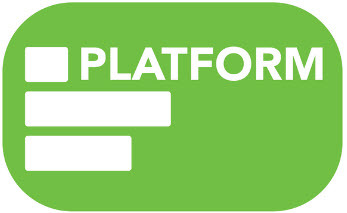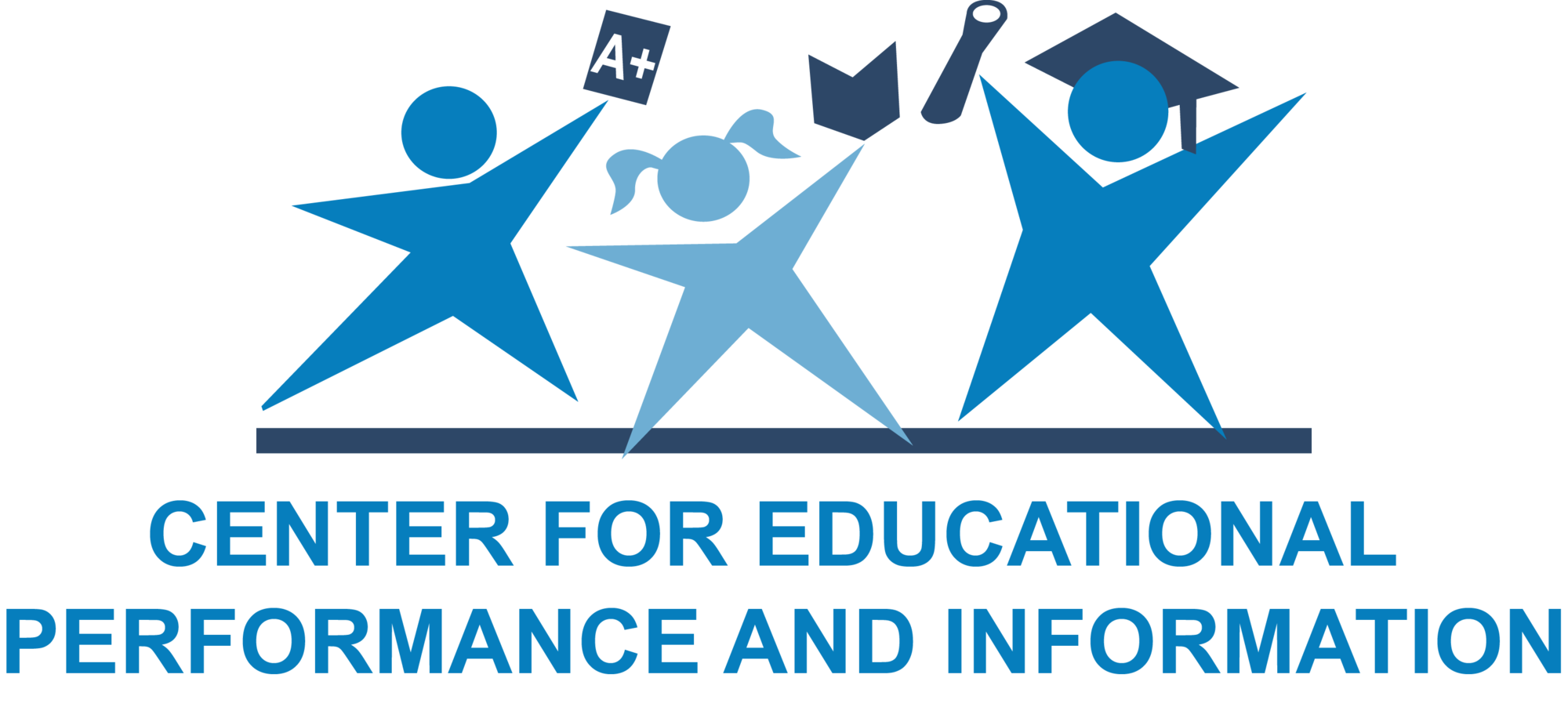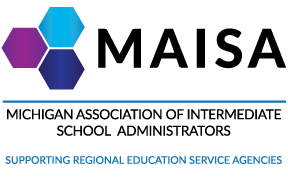March 2022 MICIP Continuous Communication
Michigan Department of Education sent this bulletin at 03/03/2022 02:44 PM EST |
|
Having trouble viewing this email? View it as a Web page. |
In the March Issue of MICIP Continuous Communication
This issue of MICIP Continuous Communication includes links to the updated Monitor and Adjust Guide, information about the MICIP User Group and Collaboration Series and upcoming meetings, information about Release 1.9.3, the second installment of the MICIP and Social Emotional Learning series, and more!
MICIP Monitor and Adjust Guide Updated
The MICIP Monitor and Adjust Guide has been updated with several new graphics, new resources, and a bit of new narrative to better align with the recent changes to the platform.
The new version is dated March 2022 and will be available on the MICIP website the week of March 7. This version will also be incorporated into the larger Process Guide when it is updated during Summer 2022.
MICIP User Group
The next MICIP User Group will meet on Monday, March 7, from 1:00—2:00 pm and will focus on a variety of topics suggested by participants. You are welcome to join and add your own suggestions to the list.
Connecting information is as follows:
- https://us06web.zoom.us/j/89511875314?pwd=dFVWNEo3UzIxTit4OGFPODRPaVhTZz09
- Meeting ID: 895 1187 5314
- Passcode: RjBw6Y
The meetings are being recorded and are available to attendees following each session at the MICIP User Group Dashboard.
Future dates include April 11 and May 9 from 1:00 – 2:00 pm. Please contact Ben Boerkoel with any questions.
MICIP Collaboration Series
There is one more session of the MICIP Collaboration Series from 8:30 – 11:30 am on Tuesday, March 15.
The session will focus on a variety of tools as well as on facilitated work time and team coaching opportunities.
Registrations can be made at this link: MICIP Collaboration Series Registration Link.
The link to previous sessions can be found here: MICIP Collaboration Series.
Questions may be directed to Dave Hundt or Ben Boerkoel.
 Voices From the Field
Voices From the Field
The February User Group continued its focus on the relationship between the district and school continuous improvement teams and considered the following question:
How might we create clarity around the various functions, roles and responsibilities of the district and the school?
Responses included the following:
- Be explicit in the orders of change and talk through the process as you go, acknowledging that this work may feel challenging for some (first/second order change).
- Moving into this as collaborative teams (building and district together) - using that center line (the collaborative functions) as a starting point for where we strive to create the roadmap. This will be helpful to articulate right away...from ME to WE!
- Conversation around why we start with the district - we need to help people that may have previously been "experts" in this work to developing this new understanding.
- Honor where people are at this time as a means to be able to move them forward.
- Readiness will need to include conversations around the why for this approach.
- Start with teams, who are the right people, dig into the process with teams.
- Beyond the monthly checklist, identifying WHO is responsible for the task. - regular and consistent communication - having roles defined (who on team/gaps?)
- Communication is Essential: Between District and building - shared agendas. Between finance and DIT team-invite Finance to a DIT Meetings/Finance should be an extended team member
- Define Team Members - use the MICIP Team Roster - Core team and expanded team member roles.
- The monitoring function seems to be open to any user as of now. It would be important to establish internal procedures around monitoring data. For example, is monitoring data entered at building meetings or district meetings? Is it vetted through a person or work group?
- Clear plan for communication of the work of building and district teams to stakeholders – consider the Communication Driver from SWFT.
 Release 1.9.3
Release 1.9.3
On Thursday, February 24, the MICIP platform was upgraded to include enhancements and fixes within the backend of the code. These changes are not visible to the users other than making MICIP work more efficiently.
MICIP and Social Emotional Learning: Assessing Needs
This is the second in a multi-part series on MICIP and Social Emotional Learning Competencies (SEL) and focuses on the Assess Needs Process.
Step 1: Identify an Area of Inquiry - During this first step in the Assess Needs process, the task of identifying a line of inquiry prompts the team to look at the degree to which a district’s system is or is not aligned with the Whole Child tenets of safety, health, challenge/academic press, engagement and belonging.
The team may also ask, “Are our district systems not only aligned but also supported by an infrastructure that can reveal how children are doing within the five whole child domains?”
As an effective innovation (EI), SEL is a set of five competencies (self-management, self-awareness, social awareness, responsible decision making and relationship skills) that overlay the whole child considerations we want to support. (See Michigan’s SEL Website) For example, the team's desire to increase engagement might link to teaching relationship skills.
They can meet their challenge goals by enhancing student proficiency in robust decision-making. The whole child model that promotes safety depends on the adult and child practice of social awareness.
Step 2: Data Discovery - In terms of data, teams might employ the whole child assessment resources through ASCD, access public domain school climate surveys, and/or participate in the Michigan Profile for Healthy Youth (Mi-PHY).
These data sources help detail the degree to which learning environments promote success in academics and student wellness.
Step 3: Initial Initiative Inventory and Gap Statement - These data sets prepare the team to review what is or is not in place for evidence-based program and practices.
They might refer to the Michigan’s SEL competencies document that provides birth to post-secondary targets which assure educators can promote SEL throughout the district by grade. The CASEL District Wide Rubric calls out focal area 1 and provides guidance to how to assess SEL.
Knowing what the SEL ‘look fors’ are by grade and core content helps the team complete the Initial Initiative Inventory. Michigan districts teaching health education can access a crosswalk between the Michigan Model and SEL. (Email gallagherl@michigan.gov for a copy of this crosswalk.)
The team can then map their SEL resources and develop a gap statement such as:
“While we are teaching social awareness through feeling checks at the beginning of all elementary classes, we are not teaching self-management skills that bolsters frustration tolerance during instruction, nor are we providing instruction in the other three SEL competencies.”
Step 4: Data Story Summary - The team pulls together the data that synthesizes its story describing the “what” of the data. The summary prepares them to discover the cause of the gaps they have unearthed.
Step 5: Conduct Root Cause Analysis (RCA) - Using an RCA method helps teams determine how SEL impacts the outcomes that surfaced in the beginning of the inquiry.
Evidence of SEL’s impact on academics, prosocial behavior, and its preventative effect on children’s mental health indicates that the team needs to use RCA to clarify their questions.
They might target SEL and literacy, SEL and Math, or SEL as a layer of support that amplifies school-based mental health services' effectiveness. The RCA will help focus on the impact SEL can have on adults and learners.
Step 6: Identify Challenge - Where is there an opportunity to grow?
Because SEL contributes to student wellness, academic progress, and prosocial behavior, the RCA work should focus on the relationship between SEL and the intended outcome(s).
Teams can pull their assessment process together by developing an 'If/then' statement. Examples might be:
If we provide explicit SEL instruction in grades K-3, then we will be able to calculate the increase in instructional minutes available to children needing math support.
If learners increase their self-management skills, then they might demonstrate prosocial behavior and protect themselves from decisions to send them out of class.
Step 7: Getting Ready to Plan - Since the team's next step is to adopt the SEL competencies, the evidence base for instruction in SEL is a fit for implementation. Using the National Implementation Research Network language, SEL is 'learnable, teachable, doable and assessable.' These features make this practice a good choice for the team's next step, planning.
 Save the Date – Fall 2022 Continuous Improvement Conference
Save the Date – Fall 2022 Continuous Improvement Conference
Under the theme, Continuous Improvement: Providing Connectedness, Safety, and A Sense of Belonging in Today’s World, the Fall 2022 Continuous Improvement Conference will take place on Tuesday, October 18, currently planned for the Lansing Center.
Attendees will be able to hear a presentation by a soon-to-be-announced keynote speaker as well as to participate in three breakout sessions. Breakouts will be recorded, and those who attend in person will have access to all recordings for ninety days following the conference.
Those not wishing to attend in person will have the option of purchasing access just to the recordings. RFP applications be available soon. In the meantime, consider whether you might have something to share at the conference.
Please share Continuous Communication
Please feel free to forward Continuous Communication to anyone you feel would like to receive information and updates about MICIP. To subscribe or unsubscribe, please click on this link.
Previous issues of MICIP Continuous Communication are available on the MICIP web page.
Feedback is Essential for Continuous Communication!
Have a question, an idea, a suggestion, or a compliment? The MICIP team is always eager to hear your feedback! Send us an email using the MICIP email address (mde-micip@michigan.gov).



